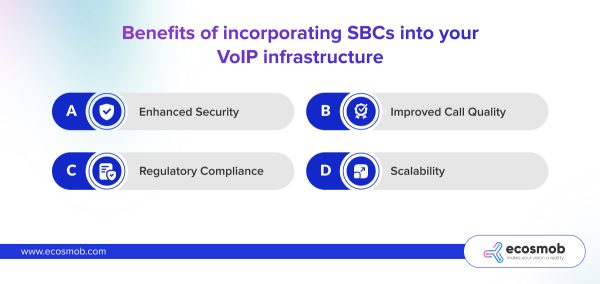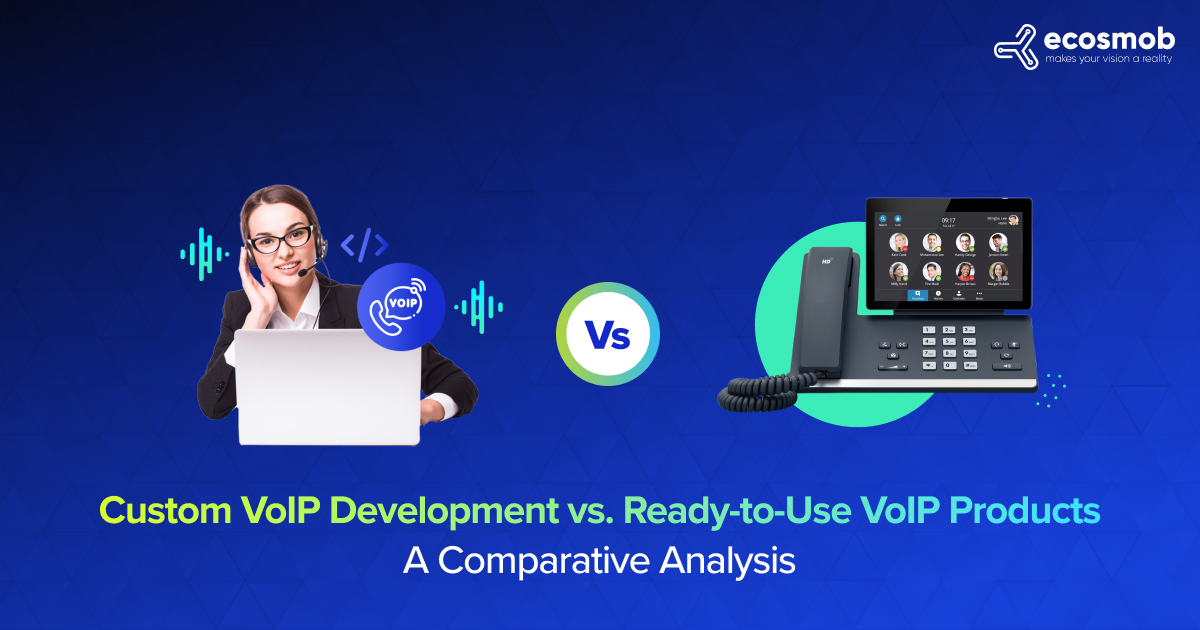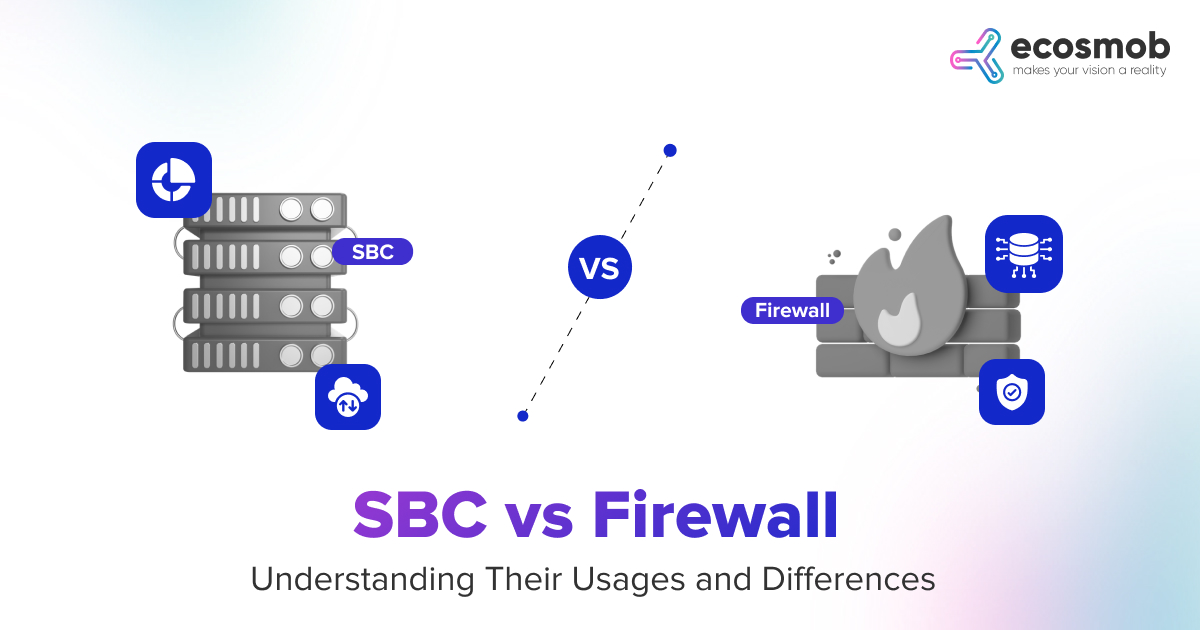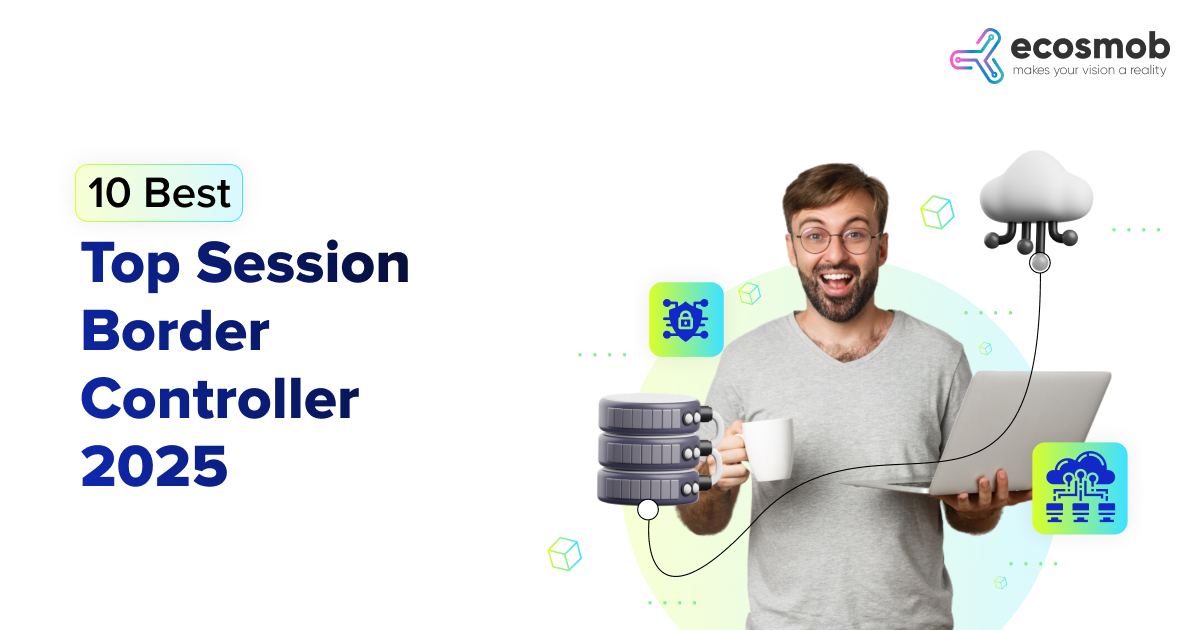QUICK SUMMARY
Discover how Session Border Controllers (SBCs) revolutionize VoIP systems, boosting security, efficiency, and connectivity in telecommunications. Learn effective strategies for integrating SBCs into existing infrastructures for improved performance.
In the fast-evolving world of telecommunications, staying at the forefront of technological innovation is necessary for companies aiming to improve operational efficiency and maintain robust security protocols. One of the critical tools in modernizing communications infrastructure is the Session Border Controller (SBC), a robust solution for enhancing VoIP (Voice over Internet Protocol) systems. This comprehensive guide delves into SBC’s integration and migration strategies into existing VoIP infrastructures. It outlines effective migration strategies for transitioning from antiquated legacy telephony systems to state-of-the-art SBC-enabled VoIP networks. By the end of this guide, you’ll have a solid understanding of leveraging SBCs for improved security, connectivity, and performance in your communication setups.
Migrate to modern VoIP without the hassle.
SBCs and Their Impact on VoIP Infrastructures
Before we delve into the nitty-gritty of integration, let’s first grasp why SBCs are indispensable in modern VoIP infrastructures. Session Border Controller acts as gatekeepers, safeguarding your network from security threats while facilitating smooth communication between disparate networks. As gatekeepers of IP network borders, SBCs perform critical functions such as traffic and protocol management, security, and media transcoding.
Integrating SBCs into an existing VoIP infrastructure catalyzes enhanced network reliability, security, and regulatory compliance.(See the Detailed guide on What is VoIP?) These systems are especially crucial in environments that demand high data protection and service quality levels, making them indispensable in the healthcare, finance, and government sectors.
 Benefits of incorporating SBCs into your VoIP infrastructure
Benefits of incorporating SBCs into your VoIP infrastructure
The core advantages of incorporating SBCs into your VoIP infrastructure include:
- Enhanced Security: SBCs provide robust security features that protect against fraud and hacking, including deep packet inspection, intrusion prevention, and denial-of-service attack mitigation.
- Improved Call Quality: With advanced media handling capabilities, SBCs ensure high-quality voice and video communication, manage bandwidth, and correct errors.
- Regulatory Compliance: SBCs help VoIP service provider organizations meet compliance standards by securing data and ensuring communication practices align with regulatory requirements.
- Scalability: As your communication needs grow, SBCs can scale to handle increased traffic without compromising performance, thereby future-proofing your communication infrastructure.
By incorporating SBCs into your VoIP infrastructure, you enhance the security and reliability of your communication network and position your organization to adapt to future challenges and opportunities in evolving voice and data communication. 6 Reasons To Have Session Border Controller (SBC) in VoIP Phone System will give you further insights.
Step-by-Step Guide to SBC Integration in Your VoIP Setup
To integrate SBCs successfully into your VoIP infrastructure, follow these detailed steps:
- Network Assessment: Thoroughly assess your current network architecture to identify potential challenges and opportunities where SBCs could enhance functionality.
- SBC Selection: Choose an SBC that aligns with your specific requirements, considering factors such as compatibility, capacity, security features, and vendor support.
- Implementation Planning: Develop an implementation plan including resource allocation, timelines, testing phases, and risk management strategies.
- System Configuration: Configure the SBCs to optimize network performance and security. It involves setting up appropriate rules for routing, policy management, and threat detection.
- Testing and Validation: Conduct testing to ensure the SBCs operate as expected under various scenarios.
- Deployment: Gradually deploy the SBCs into your production environment, monitoring performance and making adjustments as necessary.
- Ongoing Optimization: Regularly review and optimize the SBC settings to change network conditions and emerging security threats.
Following these steps, you can effectively integrate SBCs into your VoIP infrastructure, significantly improving its security, efficiency, and scalability.
Migration Strategies from Legacy Telephony to SBC-Enabled VoIP Systems
Transitioning from traditional PSTN systems to modern VoIP solutions equipped with SBCs can seem daunting but is manageable with a structured approach:
Assessing Readiness for Migration
- Evaluate Network Infrastructure: Ensure your existing network can handle the increased traffic and has the capacity.
- Identify Requirements: Determine the features and functionalities you need from your VoIP system.
- Cost Analysis: Analyze the costs involved in the migration, including hardware, software, training, and potential downtime.
Choosing the Right VoIP Solution
Select a VoIP solution that meets your business needs. Consider factors such as:
- Compatibility: Ensure the solution works seamlessly with your existing systems and devices.
- Scalability: Select a compatible solution that can grow with your business.
- Support and Reliability: Opt for a provider with solid customer support and a proven track record of reliability.
Developing a Migration Plan
- Pilot Testing: Before a full-scale implementation, start with a small-scale pilot project to find issues.
- Employee Training: Train your staff on the new system to ensure a smooth transition.
- Gradual Rollout: Implement the new system in phases to minimize disruption.
- Monitoring and Feedback: Continuously monitor the system and gather feedback to address problems promptly.
Following these steps will help you successfully transition from a legacy telephony system to a modern, efficient, and secure SBC-enabled VoIP system, positioning your organization for better connectivity, enhanced security, and increased operational flexibility.
Overcoming Challenges in SBC Integration and Migration
Integrating SBCs and migrating to VoIP can present several challenges. Here’s how to tackle them effectively:
Ensuring Security
Security is paramount with the increased risk of cyber threats in VoIP systems. SBCs play a critical role in this by:
- Encrypting Communication: Protecting data from interception and tampering.
- Implementing Firewalls: Blocking unauthorized access and potential attacks.
- Conducting Regular Audits: Ensuring compliance with security standards and policies.
Maintaining Quality of Service
VoIP quality can be affected by latency and network congestion. To maintain high QoS:
- Prioritize VoIP Traffic: Use QoS settings to prioritize VoIP traffic over other data.
- Monitor Performance: Continuously monitor network performance to identify and resolve issues.
- Optimize Bandwidth: Ensure adequate bandwidth and manage it efficiently.
Ensuring Interoperability
Interoperability between different systems and devices is crucial for seamless communication. Achieve this by:
- Standardizing Protocols: Use protocols such as SIP (Session Initiation Protocol).
- Testing Compatibility: Regularly test your systems to ensure compatibility.
- Using Gateways: Employ gateways to bridge different communication systems.
By anticipating these challenges and preparing strategies to address them, organizations can ensure a successful integration of SBCs into their VoIP systems and a smooth migration from legacy telephony, leading to enhanced communication capabilities and operational efficiencies.
Best Practices for SBC and VoIP Deployment
To ensure successful SBC integration and VoIP migration, follow these best practices:
- Comprehensive Planning: Develop a detailed plan covering all aspects of the integration and migration process.
- Stakeholder Involvement: To ensure a smooth transition, engage all relevant stakeholders, including IT, management, and end-users.
- Risk Management: Identify risks and develop mitigation strategies.
- Regular Training: Provide ongoing training to ensure staff is proficient with the new system.
- Continuous Improvement: Regularly review and optimize your VoIP infrastructure to address evolving needs and challenges.
By following these best practices, businesses can increase the efficacy and return on investment (ROI) of their VoIP and SBC implementations.
Ready to Prepare your business for growth with scalable SBC solutions.
Embracing SBC for Advanced VoIP Solutions
Migrating to an SBC-enhanced VoIP system offers businesses an upgrade in communication technology and a transformation in their operations. By following best practices, conducting thorough assessments, and leveraging cutting-edge technologies, you can fortify your VoIP infrastructure against security threats, enhance scalability, and unlock new realms of efficiency and collaboration.
Ready to enhance your communication systems with SBC? Contact our experts today, including Ecosmob Technologies, for a tailored consultation, and begin your path toward a more secure, efficient, and scalable communication solution.












![SIP Protocol [SIP Signalling]](https://a4f8b050.delivery.rocketcdn.me/wp-content/uploads/2024/12/Blog-79.jpg)


